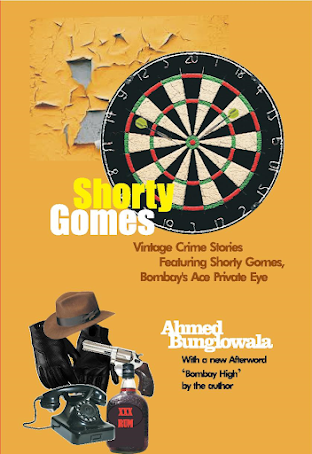Redemption for the Alcoholic

Alcoholism has been a killer and destroyer of familial peace hiding in plain sight. This is because we chose to ignore it if it does not affect us directly. Many in society still have an attitude of disdain towards persons encumbered by this disease as it is seen as a sign of weakness. The stigma attached to it has led to deaths because alcoholics could not come to terms with their problem and families have been left devastated and in social, emotional and financial turmoil. Maria Viency Cardozo’s maiden venture as a writer has resulted in a book Diamonds Under My Feet that offers courage to all those families and individuals afflicted by this insidious malady. She says, ‘The book is all about a message of hope for families suffering because of the problem of alcoholism.’ Even though alcoholism is termed AUD or alcohol use disorder by the DSM-5 (Diagnostic and Statistical Manual of Mental Disorders-5), the awareness of the fact that it is a disease and that sufferers can avail of help





